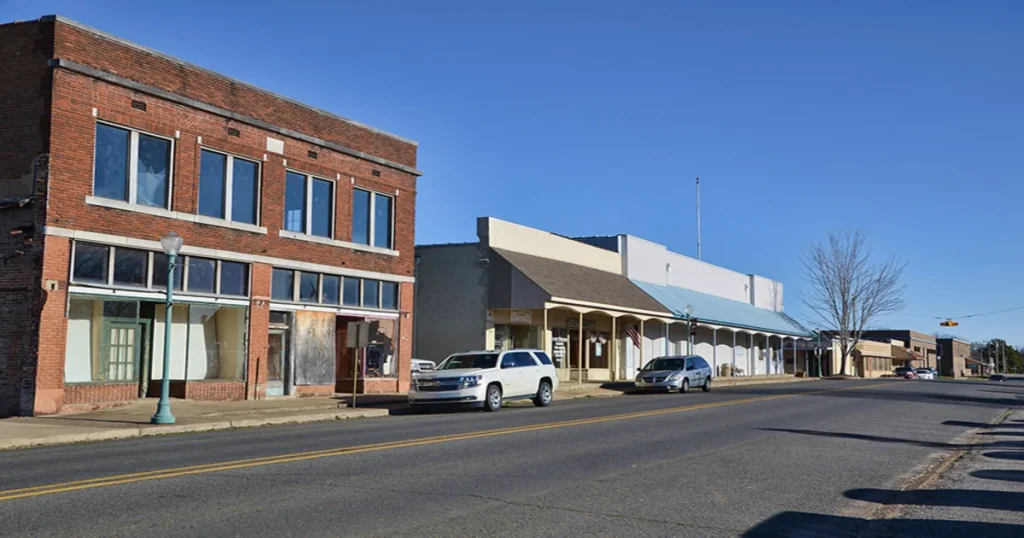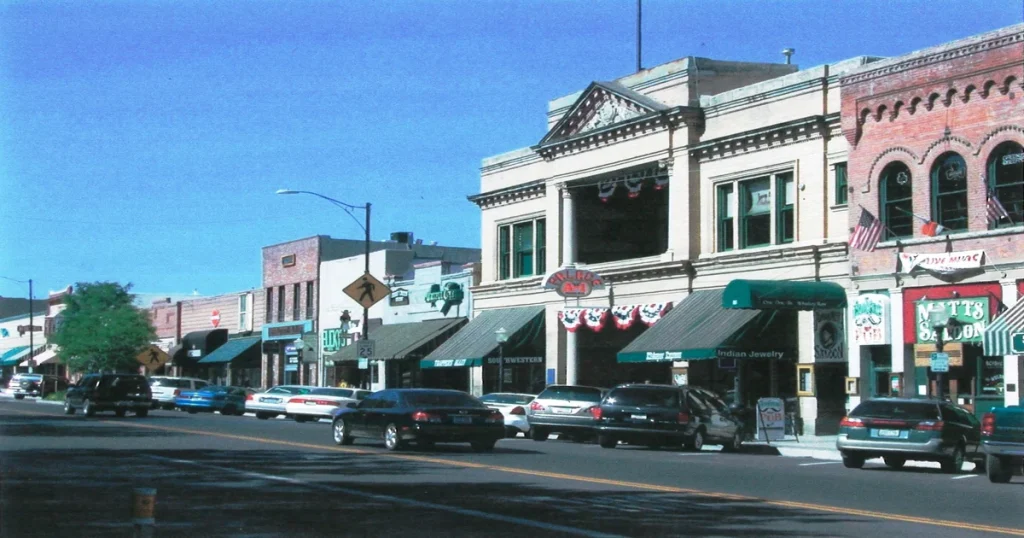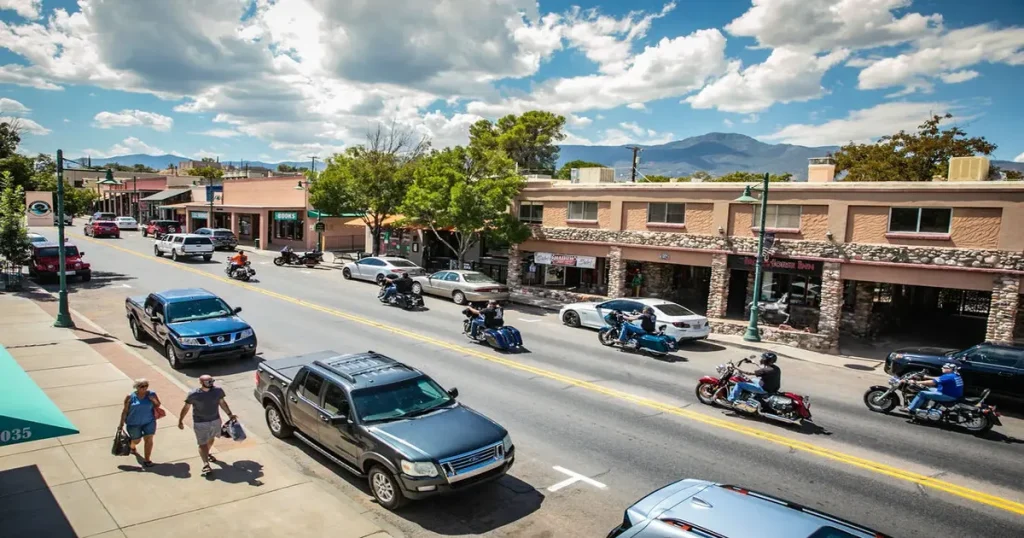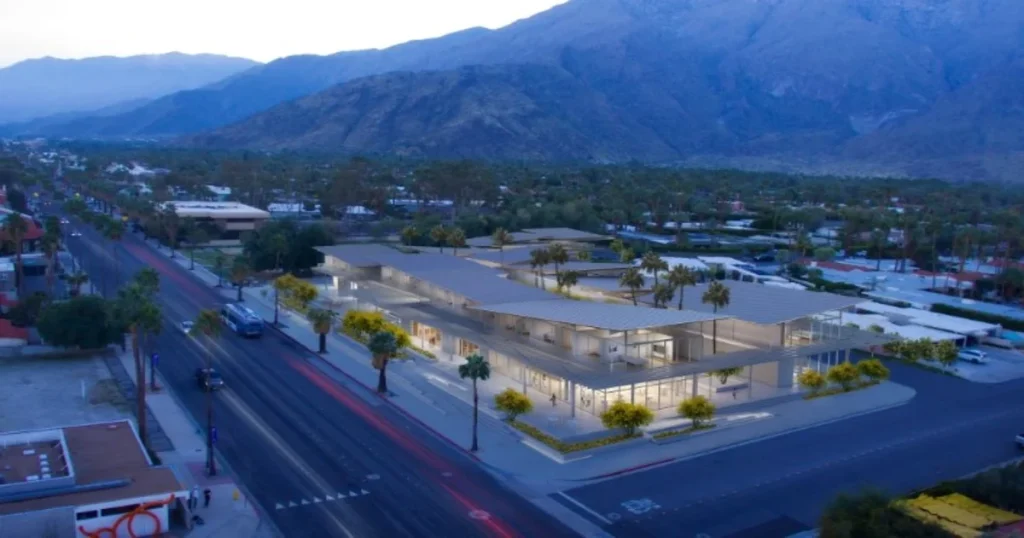The charm of downtown Prescott, with its historic buildings and sites, is not just a testament to the city’s vibrant past but also a living symbol of its ongoing legacy. Ensuring the preservation of these invaluable assets is vital. An often overlooked aspect of this endeavor is understanding and leveraging the various funding sources available.

This article delves deep into the myriad funding sources for downtown Prescott preservation. If you’re a resident, a history enthusiast, or just someone keen on playing a part in preserving Prescott’s heritage, read on to know how.
Historical Context
Downtown Prescott’s beauty is not just skin deep; it carries the weight of a colorful past. The streets and buildings narrate stories of early settlers, thriving businesses, cultural shifts, and epochs of innovation.
Preserving this history is not merely about holding on to the past. It’s about embracing our roots, celebrating our journey, and building a foundation for future generations. Preservation, as advocated by the National Trust for Historic Preservation, is a bridge to our past and a beacon for our future.
Public Funding Sources
Public funding sources play a pivotal role in safeguarding and revitalizing historic treasures. These funds, originating from federal, state, and local government budgets, are earmarked specifically to support preservation endeavors.
Such allocations are crucial, ensuring that the rich heritage and culture embedded within places like downtown Prescott are preserved for future generations, despite financial challenges or constraints individual entities might face.
Federal Preservation Grants
Programs under the National Park Service not only work towards preserving natural landscapes but also cultural heritage sites. Grants from the Historic Preservation Fund, for example, have been used in many cities across the US to protect landmarks and revitalize old neighborhoods.
On the other hand, state governments, recognizing the unique historical contexts within their borders, have their own set of preservation-focused initiatives.
State Level Grants
Arizona’s commitment to preserving its historical treasures can be seen through initiatives like the Arizona Historic Preservation Grant Program. This program aims to support projects that safeguard and restore historically significant sites.
Local incentives, particularly in the form of tax breaks, have also proven instrumental. Such benefits motivate private property owners to adopt and maintain preservation practices.
Local Government Initiatives

The City of Prescott has long been an advocate for the preservation of its heritage.
By launching city-specific programs and collaborating with county-sponsored initiatives, they’ve championed the cause on the ground, ensuring the survival of monuments and historical sites that are truly irreplaceable.
Private Funding Sources
Private funding, often stemming from individuals, corporations, and philanthropic foundations, offers a crucial lifeline to preservation projects. These donors, driven by personal passions, corporate social responsibility, or long-term visions, can provide substantial resources that might be beyond the scope of public funding.
Their contributions, whether monetary, in-kind, or expertise-based, often come with greater flexibility, allowing for adaptive and timely responses to the unique challenges preservation efforts face.
Foundations and Trusts
Organizations such as the National Trust Preservation Funds have been at the forefront, providing not just funds but also expertise in preserving historical sites.
Local heritage foundations, though smaller in scale, often understand the nuances and specific needs of their communities better. Their involvement ensures a more targeted approach to preservation.
Corporate Sponsorships
Companies have started realizing the value of aligning their brands with meaningful causes. The act of sponsoring preservation projects not only bolsters their corporate social responsibility image but also contributes to the community in a tangible manner.
Major corporations have been part of successful preservation stories in various cities.
Individual Donors and Philanthropists
Often, it’s the individual donors who, driven by a deep passion for their city’s heritage, become the unsung heroes in the world of preservation.
Their contributions might be financial or in the form of time and skills, but they’re invaluable in the grand scheme of things.
Crowdfunding and Digital Platforms
The digital age has revolutionized funding avenues, with crowdfunding platforms emerging as prominent allies for preservation initiatives. Websites like Kickstarter, GoFundMe, and Indiegogo enable passionate communities to pool resources, turning collective vision into tangible reality.
Alongside, social media amplifies these campaigns, reaching broader audiences and fostering global support. Together, these digital tools democratize preservation funding, allowing anyone, anywhere, to champion and contribute to the cause.
Crowdfunding Websites
Platforms such as Kickstarter, Indiegogo, and GoFundMe have revolutionized the way we approach funding.
Preservation projects, with their community-centered nature, often find a warm reception on these platforms.

Role of Social Media in Promoting and Securing Funding
In today’s digital age, an engaging social media campaign can gather traction and reach far beyond one’s immediate community.
Harnessing platforms like Instagram, Facebook, or Twitter not only raise awareness but can directly boost funding through shared initiatives and campaigns.
Partnerships and Collaborations
Engaging in partnerships and collaborations amplifies the impact and reach of preservation endeavors. By uniting diverse skill sets, resources, and expertise, such alliances often lead to more holistic and sustainable solutions.
Whether it’s teaming up with local businesses, academia, or other community organizations, these collaborative efforts not only bolster funding prospects but also foster a collective sense of responsibility and pride in preserving shared heritage.
Partnership with Local Businesses
- Enhances local economic activity.
- Raises awareness among residents.
- Provides an avenue for businesses to give back to the community.
When academic minds team up with preservation initiatives, the results can be groundbreaking. Universities bring in research capabilities, students bring in fresh perspectives, and together they can craft sustainable and effective preservation strategies.
Best Practices for Securing Funding
When seeking funding for preservation, it’s crucial to adopt a strategic approach. Crafting a compelling narrative that resonates with potential donors can make a profound difference.
Building and nurturing a community of passionate supporters provides both resources and advocacy, while maintaining absolute transparency and accountability fosters trust, and encourages sustained and increased contributions. A holistic, well-planned, and community-involved strategy often proves most effective in unlocking the needed funds.
Crafting a Compelling Narrative
Every historic site has a story. When this story resonates with potential donors or the general public, funding becomes more accessible.
It’s essential to craft a compelling narrative that appeals both emotionally and intellectually.
Building a Community of Supporters
Building a community is not just about gathering funds. It’s about forging lasting relationships with those who genuinely care about the cause.
Regular updates, transparent communication, and community events ensure that supporters remain engaged and invested in the long run.
Maintaining Transparency and Accountability
To maintain trust and encourage repeated and new donations, it’s pivotal to keep all financial transactions transparent.
Regular updates on how funds are being used can foster a sense of trust and community ownership.
Challenges in Preservation Funding
Securing funds for preservation often comes with its own set of hurdles. Economic fluctuations can lead to decreased public and private allocations, while shifting societal values may prioritize new developments over historical conservation.

Balancing the urgency of immediate urban needs with long-term preservation goals, and navigating the intricate web of bureaucracy and competing interests, further complicate the funding landscape. Despite the challenges, the quest for preservation funding underscores its indispensable value in retaining our shared cultural heritage.
Economic Factors Affecting Funding
Economic downturns can lead to reduced public and private funding. Being aware of these challenges and planning for them ensures that preservation projects don’t stall midway.
Changing demographics, societal values, and urban development pressures can sometimes pose challenges. Balancing modernity with preservation, while ensuring community involvement, is key to overcoming these challenges.
Frequently Asked Questions: Funding sources for downtown Prescott preservation
In this section, we will be delving into some of the most common inquiries and curiosities that surround our topic.
How can residents contribute to preservation efforts?
Beyond financial contributions, residents can volunteer their time, share stories and historical artifacts, attend preservation-related events, and advocate for preservation initiatives within their circles and local government.
Are there any tax breaks or incentives for funding preservation?
Yes, many local and state programs offer tax incentives or breaks for property owners who take steps to preserve or restore historic properties. For more detailed information, one might check with the State Historic Preservation Office (SHPO) or local municipal offices.
How are funds typically allocated and used in preservation projects?
Funds are often used for research, restoration materials, expert consultations, legal processes, community engagement events, and maintenance. A detailed financial plan usually guides allocation, ensuring the most effective use of resources.
How can one ensure the transparency of a funded preservation project?
Regular updates, open financial records, stakeholder meetings, and third-party audits are great ways to ensure and demonstrate transparency.
Conclusion
Downtown Prescott is a treasure trove of stories, legacies, and memories. While the brick-and-mortar structures form the tangible aspects of this heritage, the intangible lies in the narratives, traditions, and emotions they house. Funding sources for downtown Prescott preservation, as explored in this article, are as diverse as they are plentiful.
Tapping into these resources, with the combined efforts of public entities, private organizations, and the community at large, ensures that the heart of Prescott continues to beat strong for generations to come. It’s not just about preserving history; it’s about creating a living, breathing testament to our journey as a community and as stewards of our shared past.



Leave a Comment
You must be logged in to post a comment.